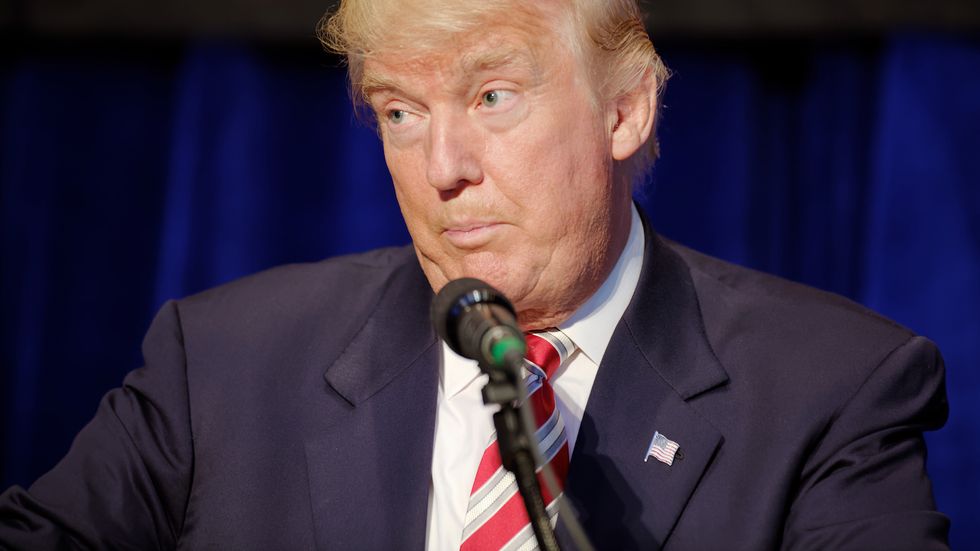On January 1, 2018, the GOP Tax Reform Bill, known as the Tax Cuts and Jobs Act, became effective. Republicans in both the House and Senate rejoiced, claiming that the bill would bring at least $4 billion back into the United States economy.
Yet, careful analysis of the plan shows that the bill does not expand the US economy and may instead have detrimental long-term effects. This conclusion arises from the idea that when projecting long-term growth, the economic class of tax cut recipients becomes an important consideration.
It is a widely acknowledged fact that the wealthy are the primary beneficiaries of Trump’s tax cuts, with households over $1 million in income gaining by over $60,000 (3.3%) annually while those with incomes less than $10,000 gaining by about $10, or 0.1%, annually.
This disparity is itself jarring, and should be enough to encourage our ethical consciences to demand reform. But aside from being, at its core, a moral issue, this discrepancy also has significant economic implications for long-term growth within the country.
Putting more money into the pockets of the wealthy does little to expand the US economy. The wealthy have all of life’s basic necessities and then some, and are thus less likely to spend their extra dollars on the consumption of goods and services and thereby increase demand. It is those of lower income who tend to use additional dollars to expand purchases, perhaps by splurging more on food, gifts, clothing, or furniture. Their additional purchases increase aggregate consumption, which in turn increases overall United States GDP.
Instead, the wealthy are more likely to hold their saved tax dollars in financial assets such as stocks. Some argue that there is an inherent benefit in this. After all, money spent on stocks is income for corporations who use it to invest in capital that develops the production capacity of the economy overall. This certainly is the rationale behind large tax reduction policies, and Trump himself cited AT&T as an example of a company that vows to do just this.
Yet, AT&T remains one of few examples. When questioned, most corporate executives projected they would use any additional income, whether that be income attained through the sale of stocks or additional income made through Trump’s lower corporate tax rate, to increase the dividends paid to their shareholders. The message here is clear. Additional money saved from Trump’s tax policy will inevitably land in the banks of the wealthy while the US economy receives slim benefit.
This result is not at all surprising. All along, experts have adamantly declared that Trump’s tax plan will not have the growth effects Republicans project. In fact, a study conducted by the University of Chicago showed that only 1 economist out of the top 50 economists in the country believe that Trump’s plan will lead to increased GDP in the coming decade, while more than half of the economists disagree in some capacity.
So what should the public think of a policy made in such blatant opposition to scholarly advice? Likely, it is a reflection of the current government, which spent a mere hour reviewing and approving the 479-page tax policy now affecting the lives of the over 300 million people living in the country. The policy, like the government in its current state, is not for the people. It’s for some people.

















